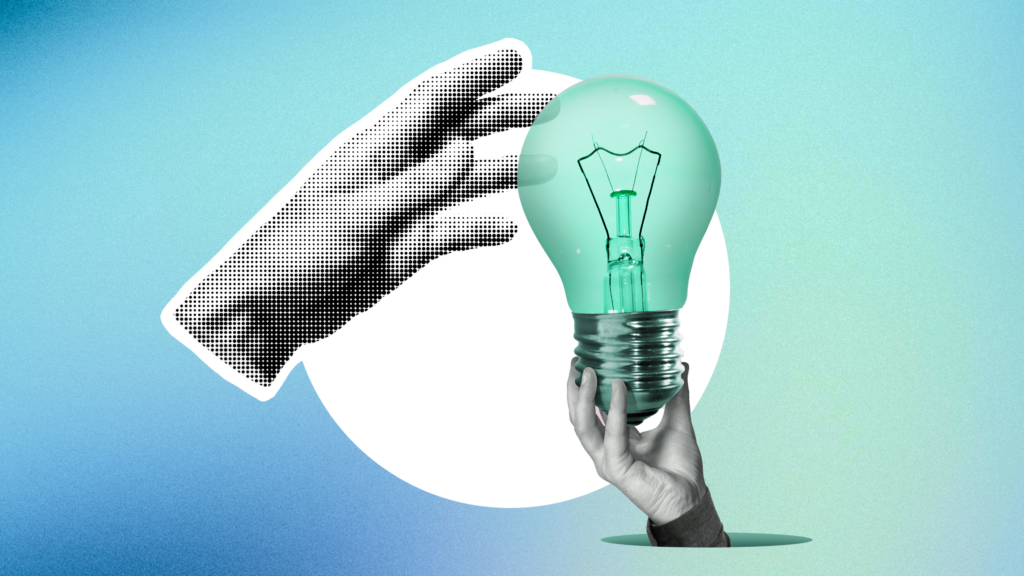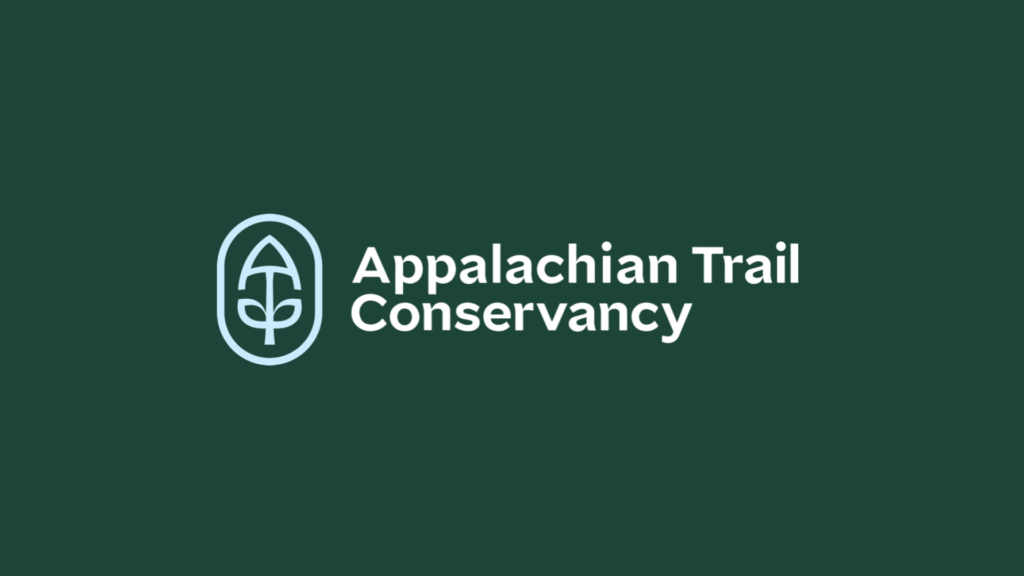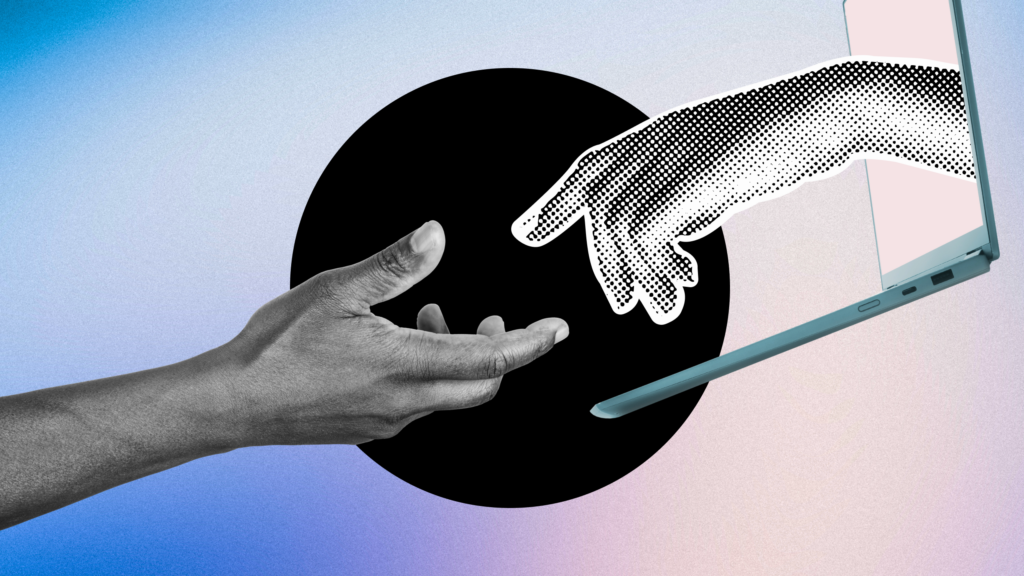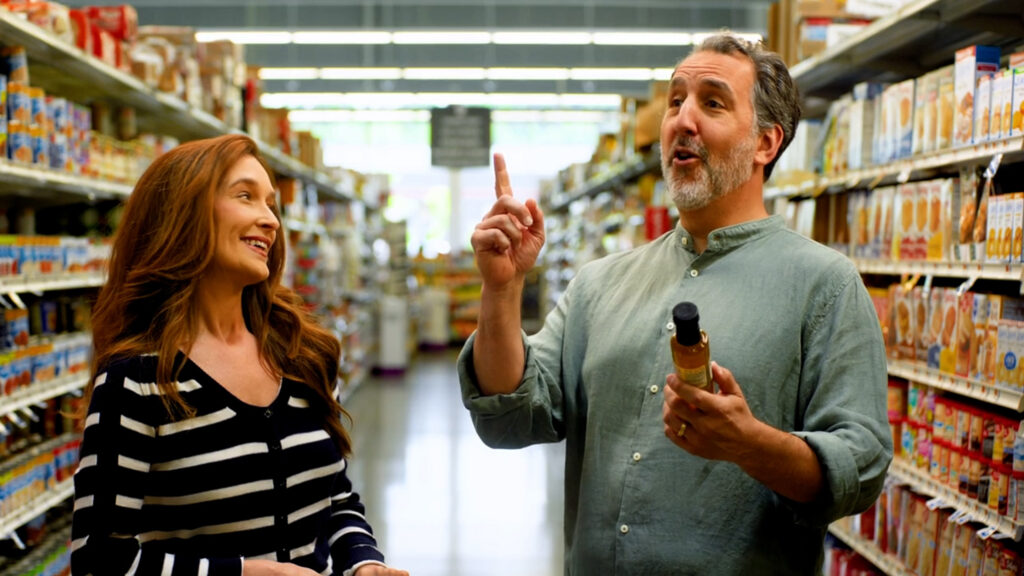
“What Tomorrow Taught Us” at the Mid-Atlantic Marketing Summit: A Summary
Is your brand really ready for the uncertainty tomorrow brings? In November 2021, RP3 CEO Beth Johnson led a one-hour Q&A discussion with a group of distinguished panelists at the Mid-Atlantic Summit. Together they tackled some of the most pressing questions on how brands can begin to anticipate and ride the waves of change today.
Joining Beth were: Mike Dabadie, Co-CEO of Heart+Mind Strategies; Dyani Hanrahan, CMO of Giant Foods; and Malik Husser, Director of Brand Marketing & Advertising at MGM National Harbor.
To share the insights they’ve uncovered,we’ve curated and compiled a list of highlights from the forum, for you. Here is a small sample of some of the intriguing questions, answers and key takeaways from their discussion:
Beth Johnson Asked:
I know we're each facing a ton of change right now. What are you seeing as big picture trends?
Mike Dabadie Replied:
There are a couple of demographic trends that have taken hold… For the first time since the 1900s, the U.S. population has only increased by 0.35%. So we are heading into a population decline. Second, white population is net negative growth; the multicultural population is showing positive growth. [They both have] different needs.
The other is “consumer needs.” Why is JCPenney struggling but Macy's has this ability to understand their customer needs and the unmet needs of those customers? They're connecting to intrinsic consumers and American values at a hyperlocal level. Their brand values being so strong — think about the Macy's Thanksgiving Day parade.
We also have a generational shift occurring based on values. When I choose to go to MGM National Harbor or Giant, there are certain values I am using to make my decision. Gen Z and millennials are making decisions more about society; how my decisions impact you. Older generations are making decisions more about “me;” how am I going to benefit.
The last one is that the largest increase in wealth is with multi-culturals — particularly African Americans and Asians. That has a big implication when it comes to how brands address consumer needs.
Beth Asked:
Dyani, has there been a time where you felt that risk was more prominent and that you had to address it with your leadership and with your customers?
Dyani Hanrahan Replied:
Every day in 2020! We've always said at Giant that we are a reflection of our community. Our associates reflect our customers. Four years ago, we took local ownership of the brand; separated it a bit from our parent company to speak with that local voice. Through our advertising, we have made a very intentional effort to reflect the communities we are in. As a marketing team, we said we're going to show every lifestyle; every ethnicity; everything that makes our communities beautiful. Unfortunately, everybody isn't reflected in the media today. So we had the conversation. The risk to our business? It's not a risk. This is what is expected from our customers and I guaranteed we’d gain from this action. And we did.
Beth Asked:
One of the challenges we face as marketers is how do we stay on top of the changing dynamics?
Mike Replied:
It’s hard. It's changing rapidly and we're in an environment of misinformation and distrust. It is almost impossible to predict human behavior. There are a couple of things we see our agency partners like RP3 do. They are looking across data — not insights, but data — and glean as much information as possible.
And there is an outside-in mindset; not an inside-out. They’re not approaching the consumer saying, "You've got to fit into my system." They say, "How can we take our systems and bring that to how the consumer is living their life?” Agencies like RP3 are transforming themselves this way — aggressively moving from a creative orientation to a strategy orientation. Clients are asking agencies to do that.
Beth Asked:
Mike, you also work with a variety of just wonderful brands, helping guide them and translate insights into actions. Any examples you can share about how great brands embrace change?
Mike Replied:
Here’s a good example. How many people here have Amazon Prime? How many use it predominantly for shopping? How many use it predominantly for streaming? That's the problem for Amazon. In Japan, for example, they use Prime predominantly for streaming. But in Brazil, it might be predominantly for shopping. They're not getting transference of the experience or leveraging revenue between the two.
Why are there these barriers? Could it be cultural? They went at solving this through a lot of A/B testing on the site. They were trying to force consumers going there to shop, to consider streaming. If you were streaming, you’d receive content about shopping. It was causing a backlash; consumers got irritated.
It was really causing a problem. So they did a lot of observational online ethnography. They watched how we consumers were behaving. What we did for them is customer journey work, in six countries, to understand these barriers. In Brazil, for example, it might be an issue with safety. ‘I'm not going to shop because I'm worried that the package on my doorstep is going to get stolen.’
I was fascinated with this project because I was thinking, "Amazon has all the information they could possibly want. They have all our behavior; all of it. Why would they come to a company like us?” We asked them that question and found that they weren't putting themselves in the shoes of the customer, nor was their agency. They needed to bring the customer in.
Beth Asked:
I always love to ask this question because I do think that we are in a very challenging time. …When you're facing tough decisions,…what inspires you?
Malik Husser Replied:
I look for people using authentic messaging. Last year, Black Lives Matter was everywhere and everyone wanted to pull their brand into the conversation. Some didn't do it authentically. Nike did it; amazing. Procter & Gamble did a really good job. When our employees would ask me, "How are we going to have a consumer-facing message on Black Lives Matter?" I said, "No." Not because we can't get engaged; because we don't need to just get into the conversation. What we can do is make sure we're using influencers who look like our community on social media.
I'm really into lifestyle, fashion, street wear, and entertainment. I was just able to open a streetwear store for MGM. They allowed me to do this because I used insights. I said, "This is what we should do — not only in Maryland; we should shift this to the headquarters in Vegas." They're now going to open a Vegas store. The name of the store is Shift Streetwear and Apparel. We carry Nike. We carry Supreme. We work with brands that are authentically talking to audiences that we want to connect with in a real way.
Dyani Replied:
I am lucky to get inspiration from the team I work with. Surround yourself with people who are going to push you, who think differently than you. A lot of what we went through during Black Lives Matter is that push and pull. What's the substance behind what we do? How are we building programs that are going to invest in this movement — not just for the heightened attention, but for the long term?
Mike Replied:
From our research assistants to my co-CEO, I find inspiration in giving them a safe space to tell me anything. And they tell me everything — things I don't want to hear sometimes, but need to hear. The other is the bookstore. There’s a book called Transforming Insight that just came out…specifically for agencies and clients. Market research five years ago is very different than today. One insight is to trust my instincts. Because data, insight and information can overwhelm you.
Let's make some good.
Drop us a line


